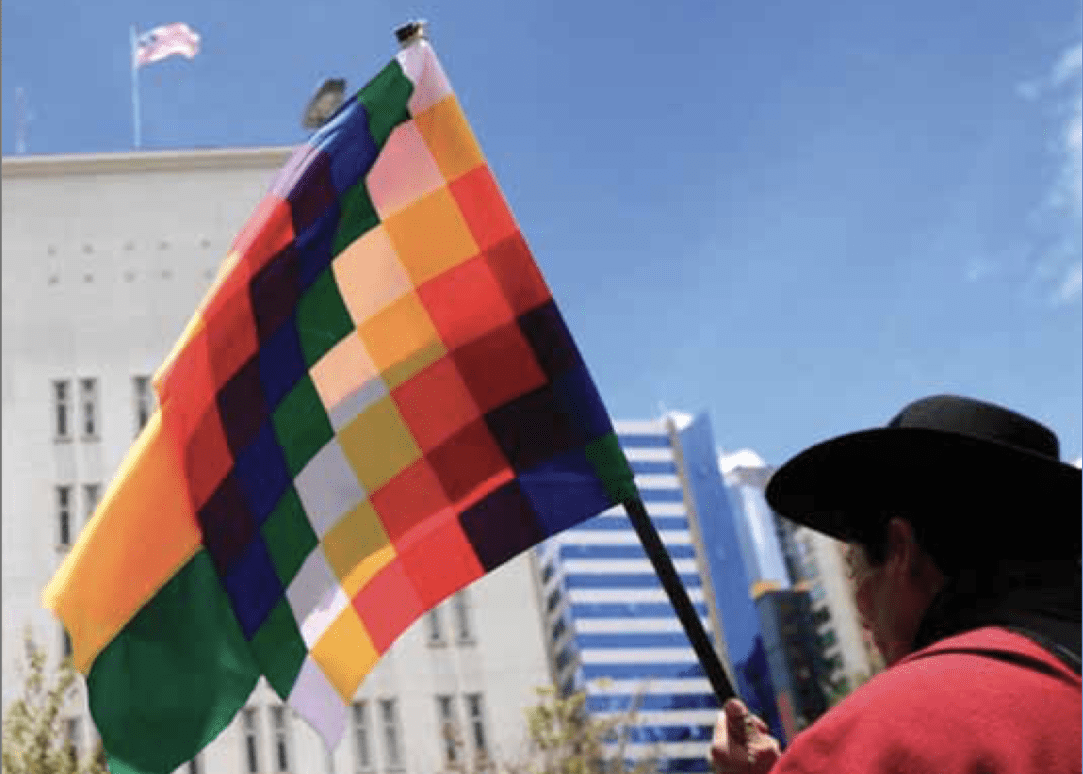
Bolivia
Fall 2011 | Volume XI, Number 1
Table of Contents
Editor’s Letter →
by June Carolyn Erlick
First Take
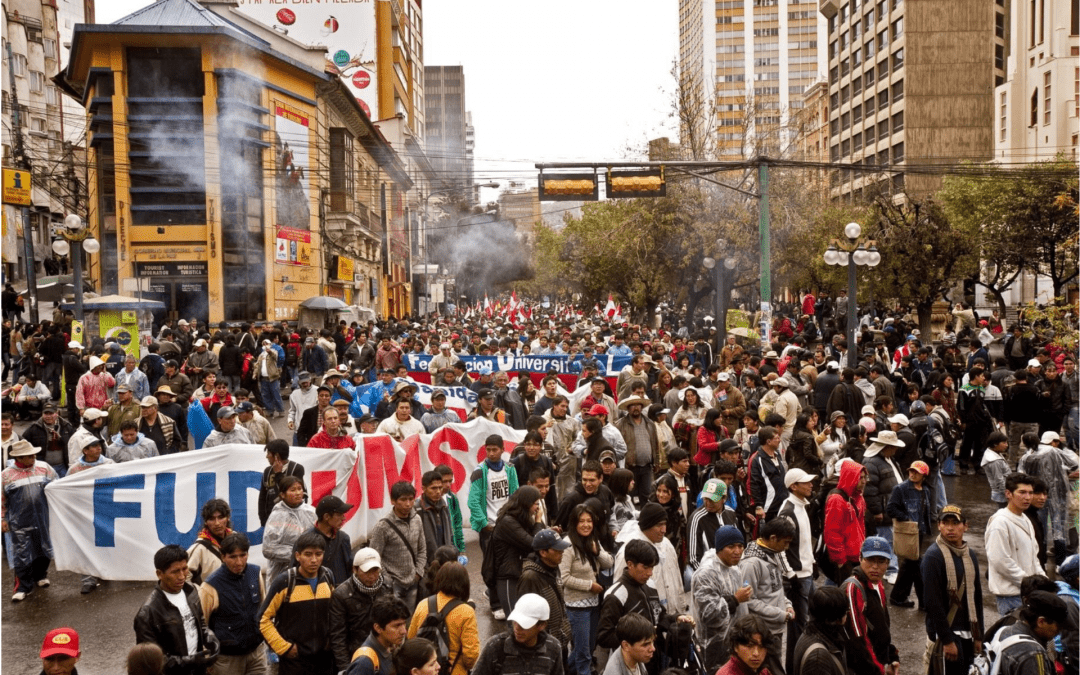
First Take: Five Years of Evo
English + Español
Less than a decade ago, few people outside of Bolivia could name its president. Today, Evo Morales is not only a global figure; he is an icon for critics of globalization. During the peak of neoliberalism at the end of …
Reflections
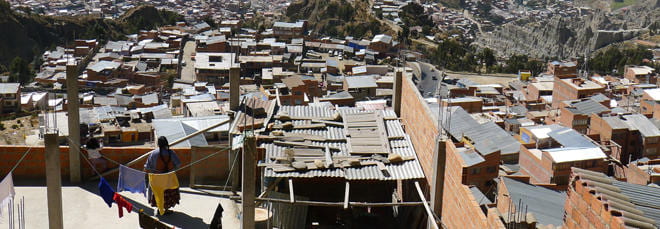
Through a Glass Darkly
As the American Airlines flight from Miami neared La Paz, we peered down through the thin light of early morning, trying to make sense of the arid land below us. Were the neat pyramids of stones at the corner of each field the result of clearing the land for planting? If so, it must be rocky, inhospitable soil for growing crops. Were those really herds of llamas and alpacas that dotted the landscape? And how spectacular …

The Bolivian Economy
A few years ago I attended a meeting of Latin American countries in which the participants were divided up by geographic areas. I automatically went to look for my neighbors from Peru and Chile. When I entered the room marked “Southern Cone,” I was stopped by one of the organizers who told me that Bolivia had been grouped with Central America….
Portraits of Change
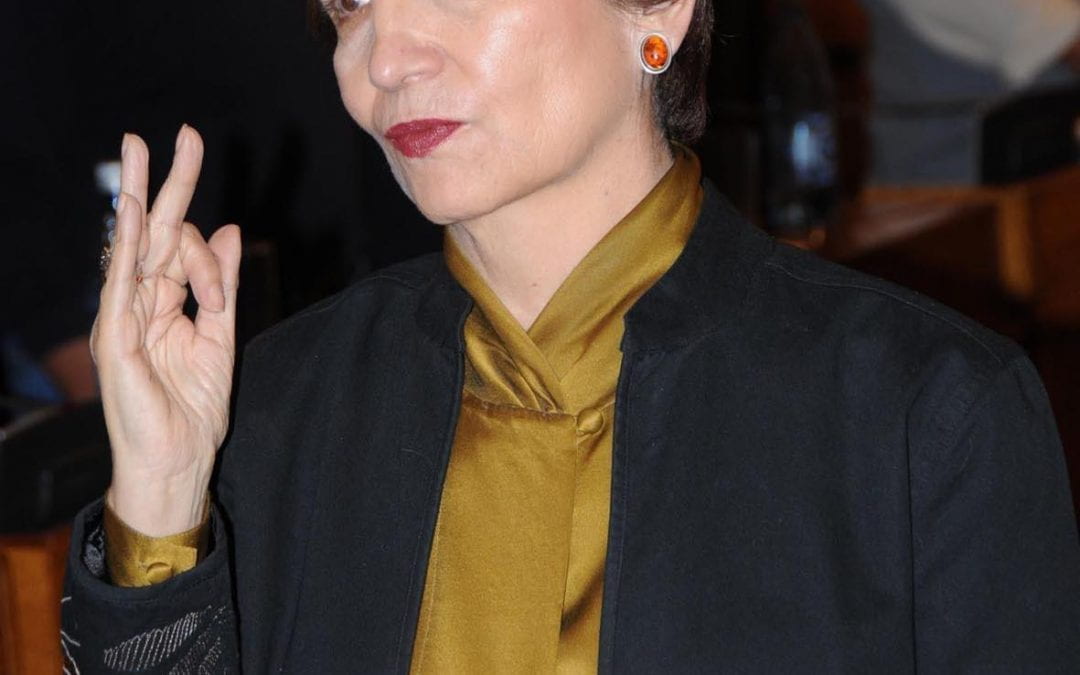
Human Rights as a Vocation
“With Ana María Romero dies a piece of the history of Bolivia. This woman is who built our democracy.” These words of remembrance by the Bolivian Vice President Álvaro García Linera marked the death of Ana María Romero de Campero on October 25, 2010, at the age of 69, the first woman President of the Senate of the newly formed Bolivian Plurinational Assembly. In the days that followed, his sentiments were echoed ..
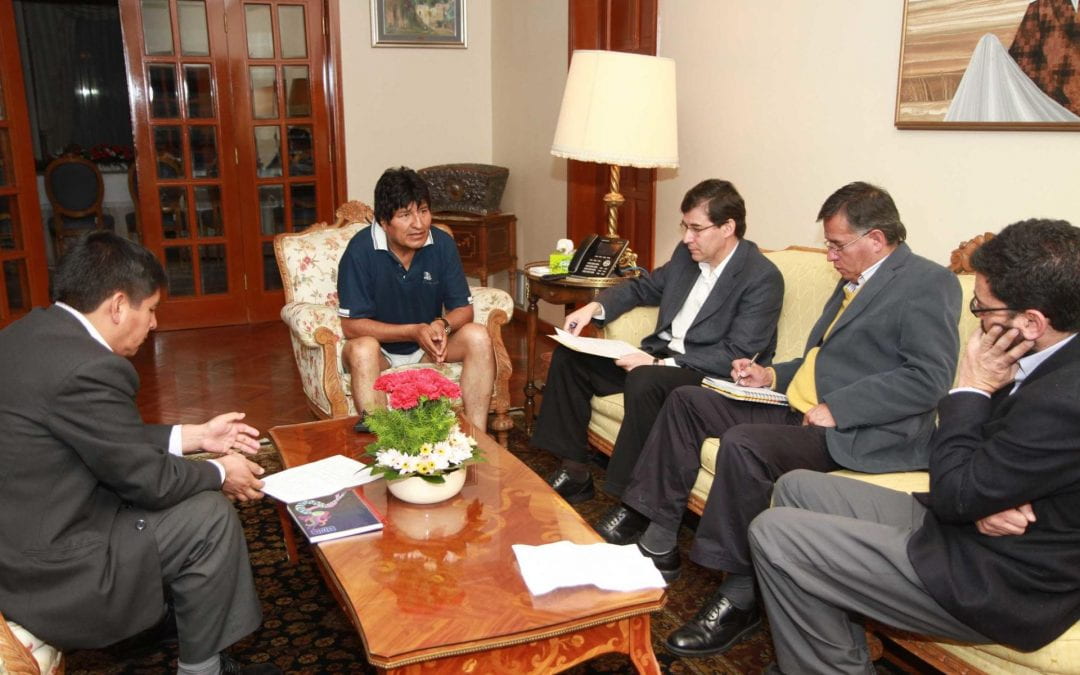
Evo Morales
It was 4:45 a.m. in La Paz. Five men gathered at dawn at a lonely bus stop in a residential zone. They were wearing thick jackets to ward off the intense cold of the morning. They seemed nervous. Indeed, they were, because they were going to the presidential house. Four journalists (myself included) and one photographer, all from the Bolivian newspaper Página Siete, were preparing to interview President Evo Morales …
Identity and Society
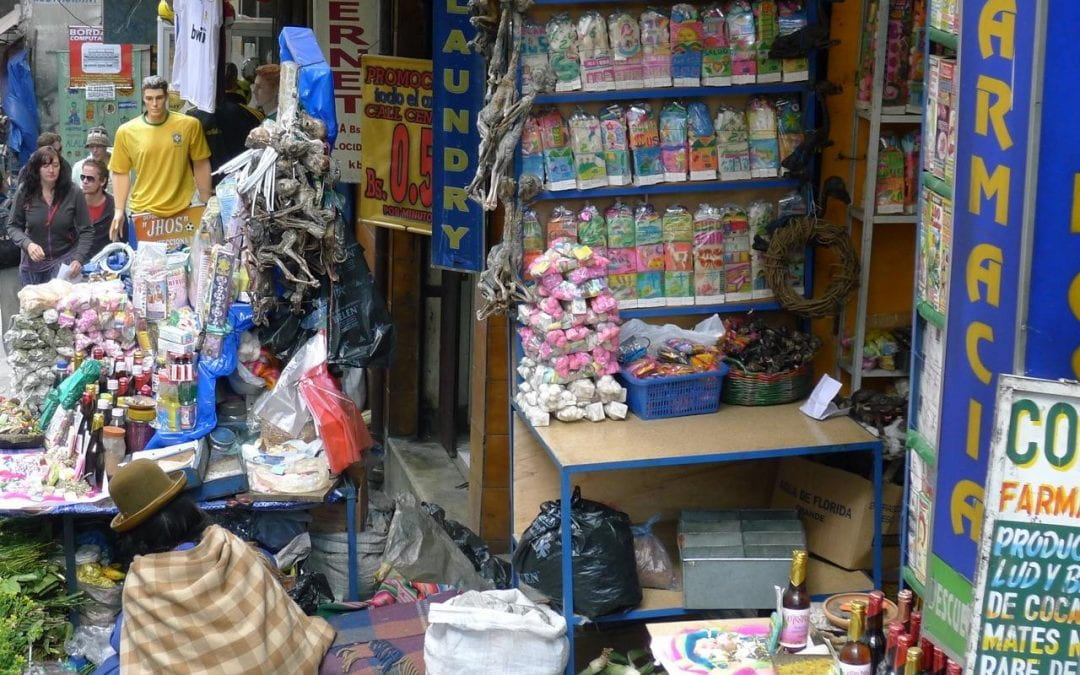
Medical Practices in Bolivia
On the sixth floor of an older building in La Paz is a small office with a modest sign printed on standard computer paper. The dim light in the narrow hallway makes it difficult for me to read the sign. I notice a poster on the door advertising the “Primer Encuentro Nacional de Plantas Medicinales de Bolivia,” the First National Meeting on Bolivian Medicinal Plants, held in December 2010 under the sponsorship of this office. …
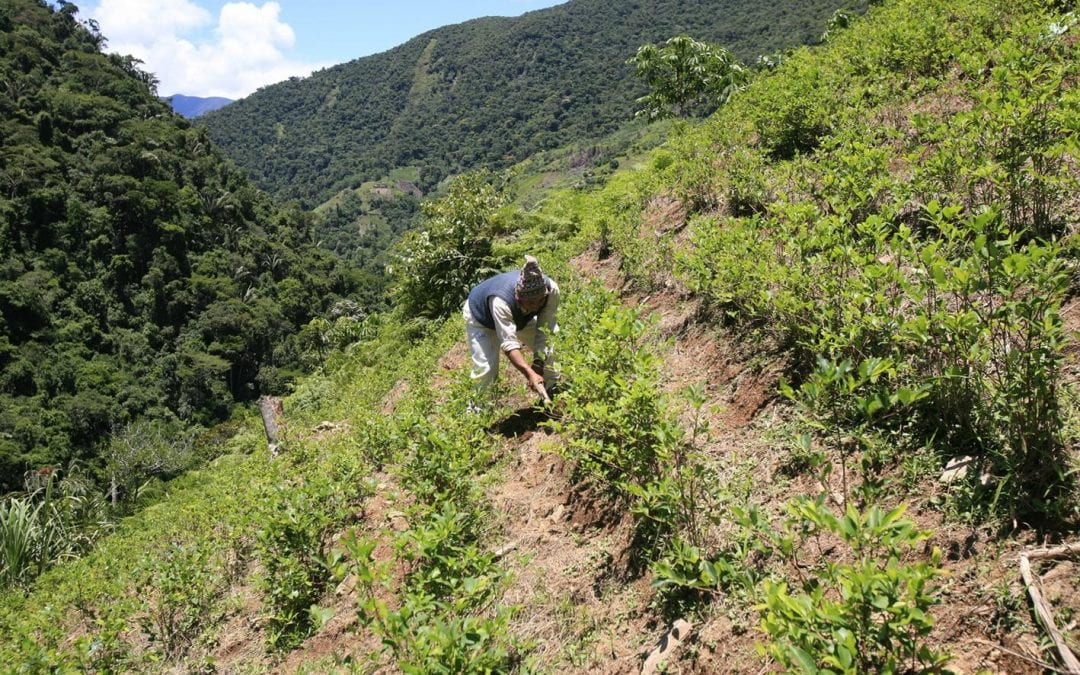
Coca
In October 2003, a tumultuous indigenous and popular uprising brought down the government of President Gonzalo Sánchez de Lozada, following a massacre that cut short the lives of 67 people in El Alto and the provinces of La Paz. The so-called “gas war” was one of the climaxes of popular protests that had begun in 2000 with the “water war” of February—April in Cochabamba and the indigenous …
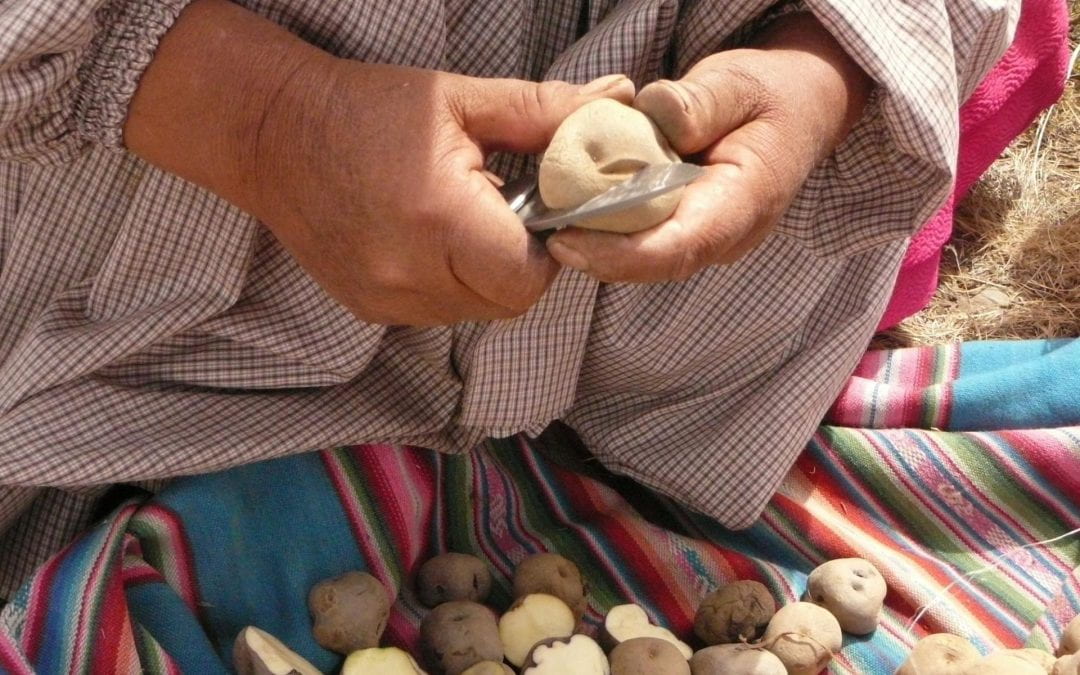
Bolivian Women
When Evo Morales was first elected to office, he was asked if he would make a ministry for gender. He responded that he would not and that instead he would make women themselves ministers. Various women’s organizations criticized his decision at the time yet his play on words proved to be true: in 2011, half of the twenty ministers in his cabinet are women, an unprecedented development for Bolivia….

Regional Identities
English + EspañolEveryone thinks of Bolivia as an Andean country, even though two thirds of it lies in the lowlands. This area, also known as the Bolivian Orient, is inhabited by more than thirty indigenous nations of diverse languages, though the majority of its population is mestizo—a mix of indigenous and Spanish-descent. The Bolivian Orient belongs to the ancient colonial territory of the Santa Cruz Provincial …
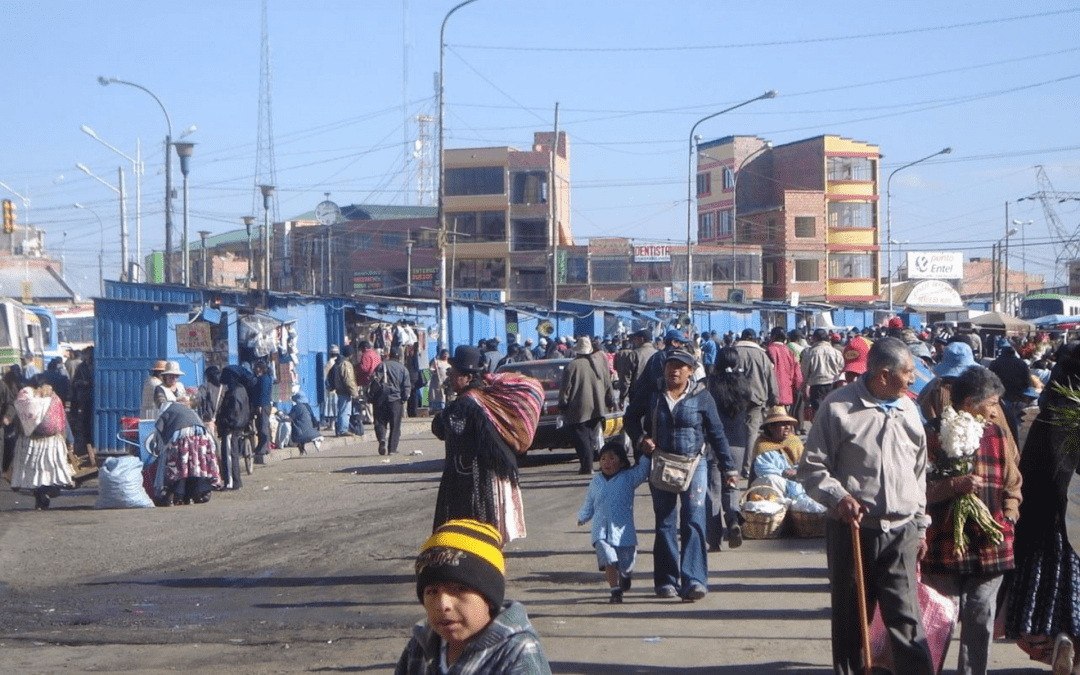
El Alto in Flux
English + EspañolWhen I passed through El Alto de La Paz for the first time in 1954, I didn’t even notice. The city—just a few minutes outside of La Paz—consisted of just a few little houses and market stalls at the end of the immense altiplano. La Ceja (the “eyebrow”), reaching some 13,500 feet into the air, suddenly tumbles down toward the river and the city of La Paz, about a thousand feet lower, as if it were …
Economy and Development
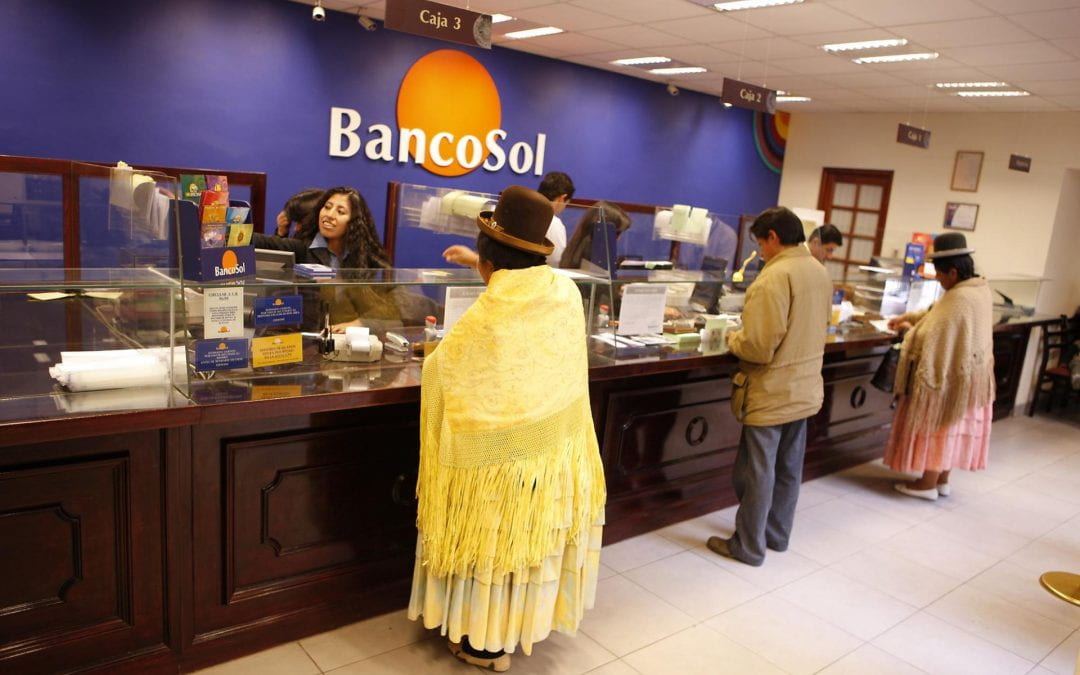
Microfinance
When I first saw the photos of the sacking of BancoSol, I cried. The slide show began with chaotic pictures of the mob hauling desks, computers and files into the street and setting them on fire. Next were two captured looters lying face down and handcuffed amid the wreckage of what hours before had been a functioning bank branch. Finally, next-day photographs documented the ravaged premises of BansoSol’s branches …
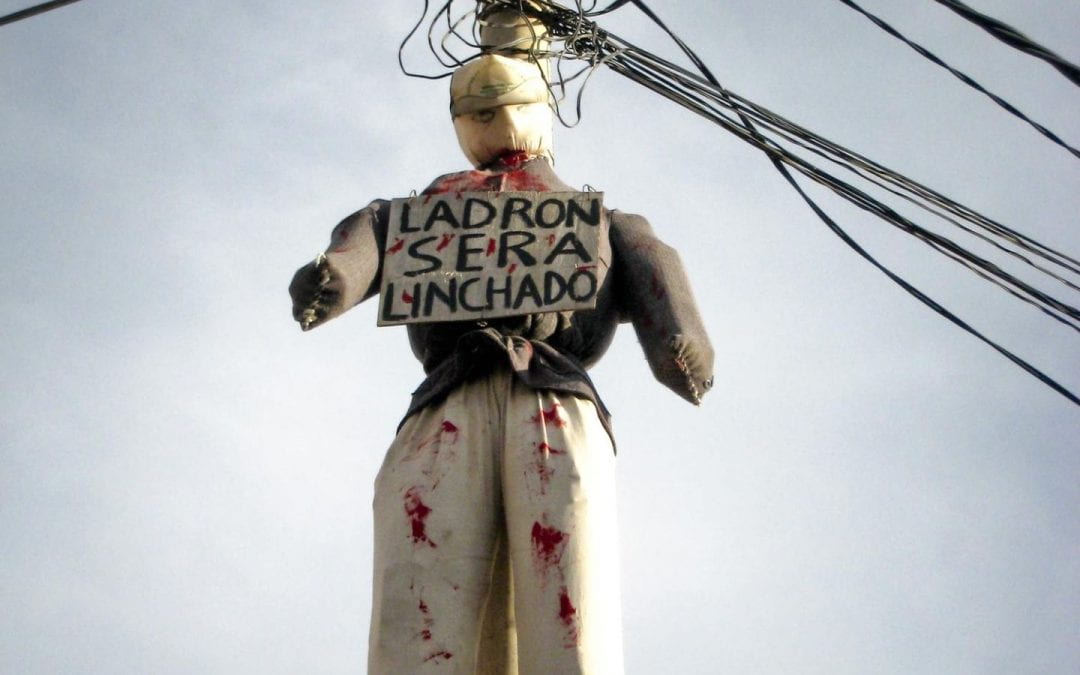
Falling into the Rentier Trap
“Why are you so quiet about the paper factory the government’s building in the middle of the rain forest, in Chapare?” I asked an environmental activist who has been making noise about water pollution, forest preservation, garbage treatment and every single environmental issue in Bolivia. “Don’t worry,” he replied, “That plant will never work. It is a state company, remember?” …

Post-Neoliberal Policies
English + EspañolPresident Evo Morales’ two inaugurations in 2006 and 2009 at the archaeological site of Tiwanacu captured the imagination of people in Bolivia and throughout the world. They were not simple acts of inauguration of the first indigenous president of Bolivia, but seemed almost to be a coronation of himself as the spiritual leader of the indigenous peoples of the Americas, with festive celebrations …

Development with a Woman’s Touch
English + EspañolToday, like every day, Adela Reyes, 56, gets up at five in the morning. She serves her family breakfast, prepares lunch, organizes the household, sends the kids off to school, and takes care of her 11-month old motherless grandson, her daughter having died in childbirth in home birth in an isolated rural community. Adela leaves the house at 8:30, carrying the baby on her back as she makes her way …
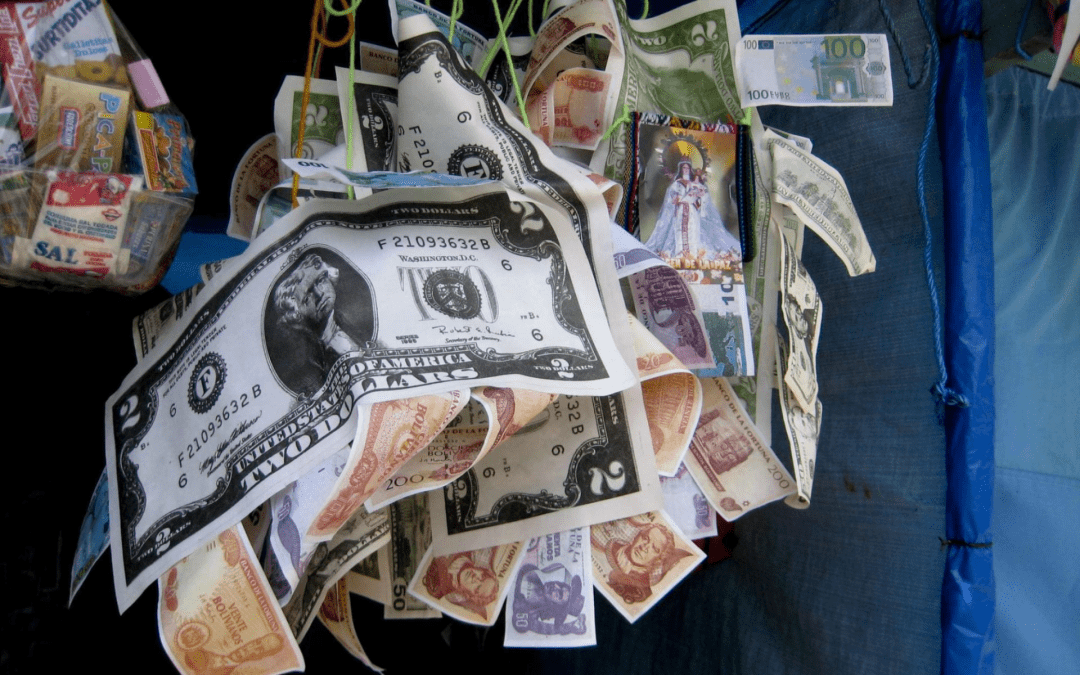
Communal Economy
English + EspañolOver the course of history, modern Western civilization has evolved mainly under two widespread economic systems: the capitalist and the socialist. The first involves private means of production or work, with the revenue derived from the worker’s labor appropriated by the capitalist owner, the oft-called exploitation by the capitalist of the wage earner. In the second type of economy, the state …
Natural Resources
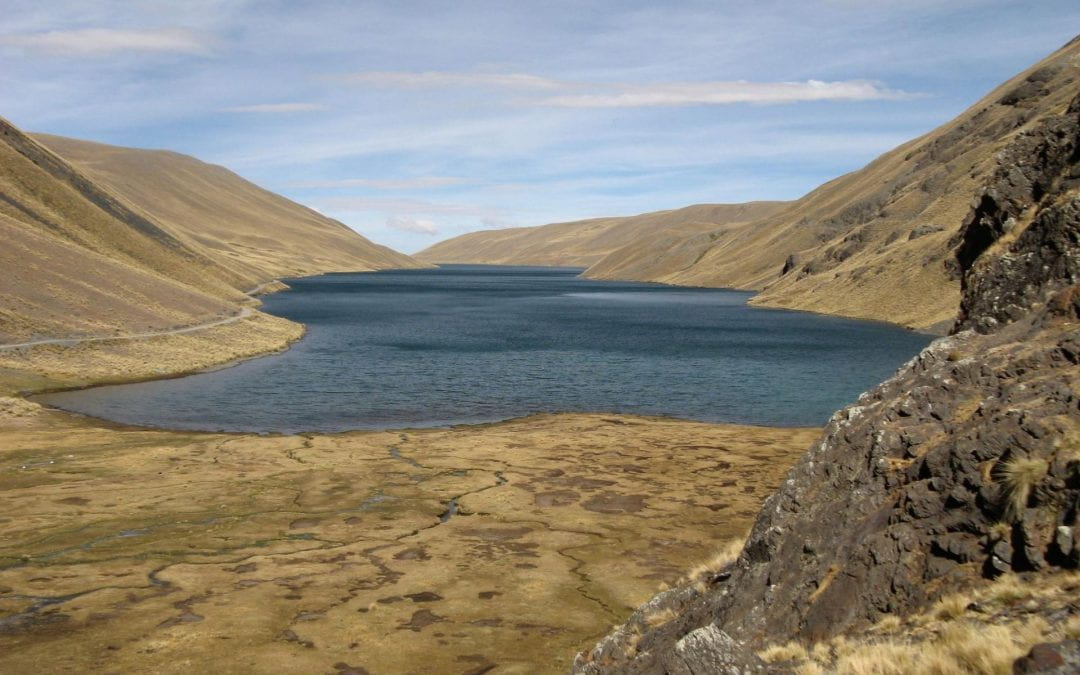
The Water Is Ours Damn It!
In July 2010, we asked the President of the Federation of Neighborhood Organizations (FEJUVE) in El Alto, Bolivia, how his organization planned to address seasonal water scarcity there. Our concern was aroused when, in 2007, local and international papers began to warn about the possible effects of rapidly retreating glaciers, changing weather patterns, and continued rural-to-urban migration on the reservoirs supplying …
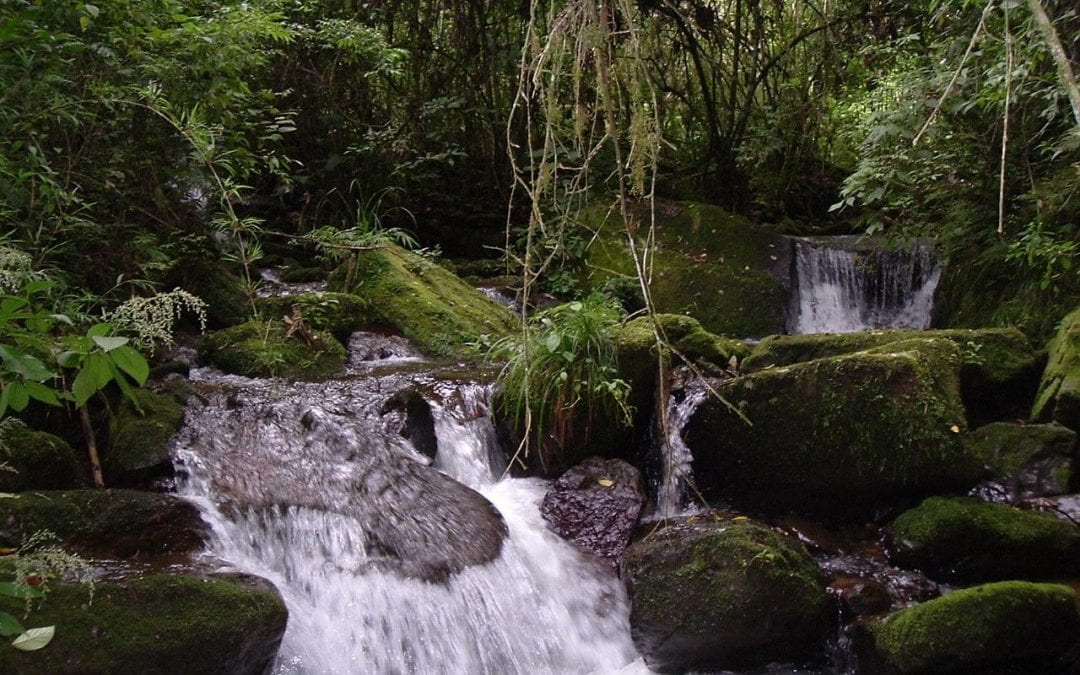
Reciprocal Agreements for Water
September 21, 1967. A hot wind sweeps tumbleweed through the village of Alto Seco. Women peer from behind drawn shutters, to catch a glimpse of the visitors who arrived earlier in the day. They had walked slowly into the village, carrying immense backpacks. The men made camp in an abandoned house next to a waterhole, and during the evening talked to a group of 15 amazed and silent peasants …
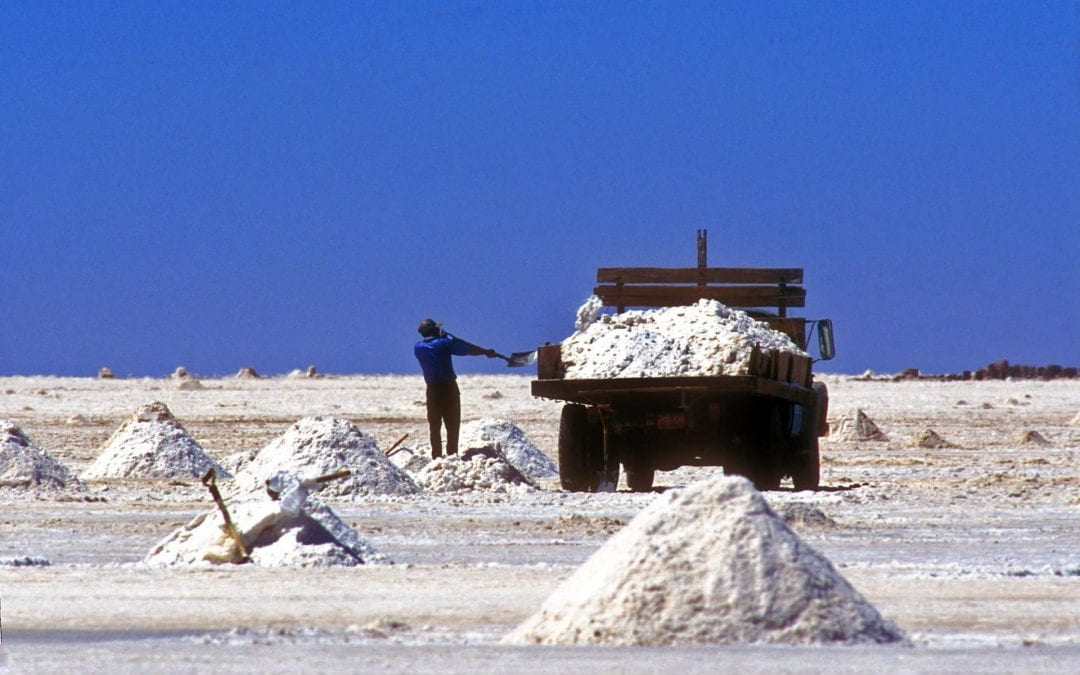
Bolivia’s Lithium Potential
The southwest highlands of Bolivia have offered residents one primary livelihood: salt mining. In recent years, however, a lesser known yet highly abundant element there has become the core of national economic, political and even cultural debates: lithium. Bolivia’s leadership is well aware of the growing importance and desirability of this light silver-white metal. …
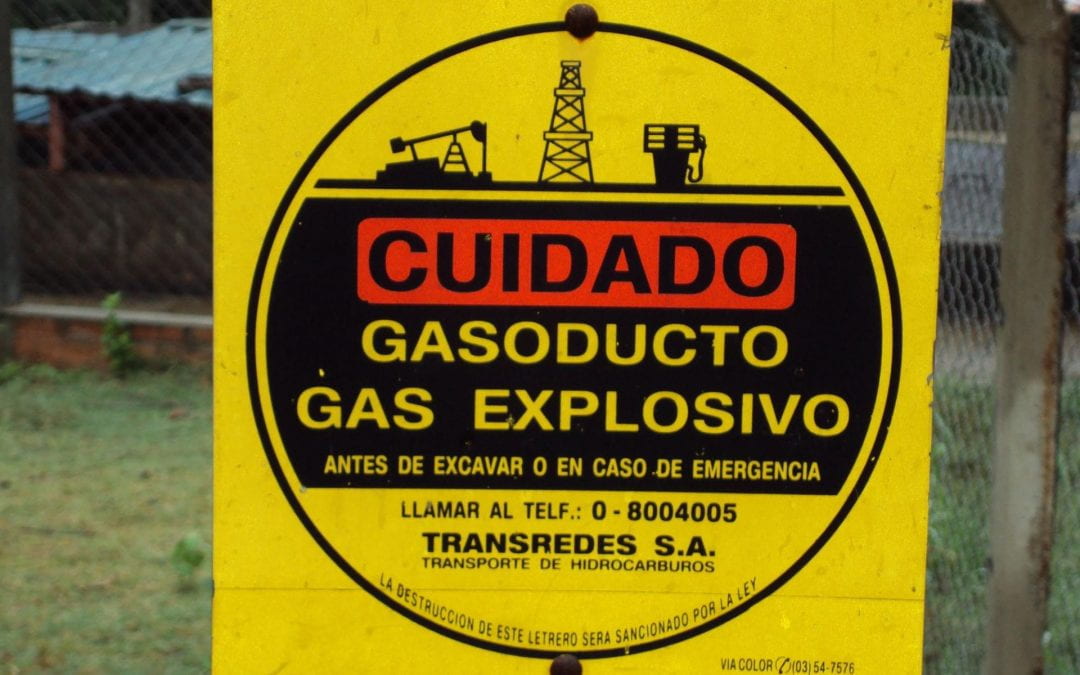
Bolivian Resource Politics
Across the hill country between the Andes and the Chaco of southeastern Bolivia, the past two decades have seen the rapid expansion of natural gas exploration, pipelines, and well sites. Here in the ancestral territory of the indigenous Guarani, gas giants like Brazil’s Petrobras, France’s Total, and Spain’s Repsol are leading Bolivia’s natural gas boom. …
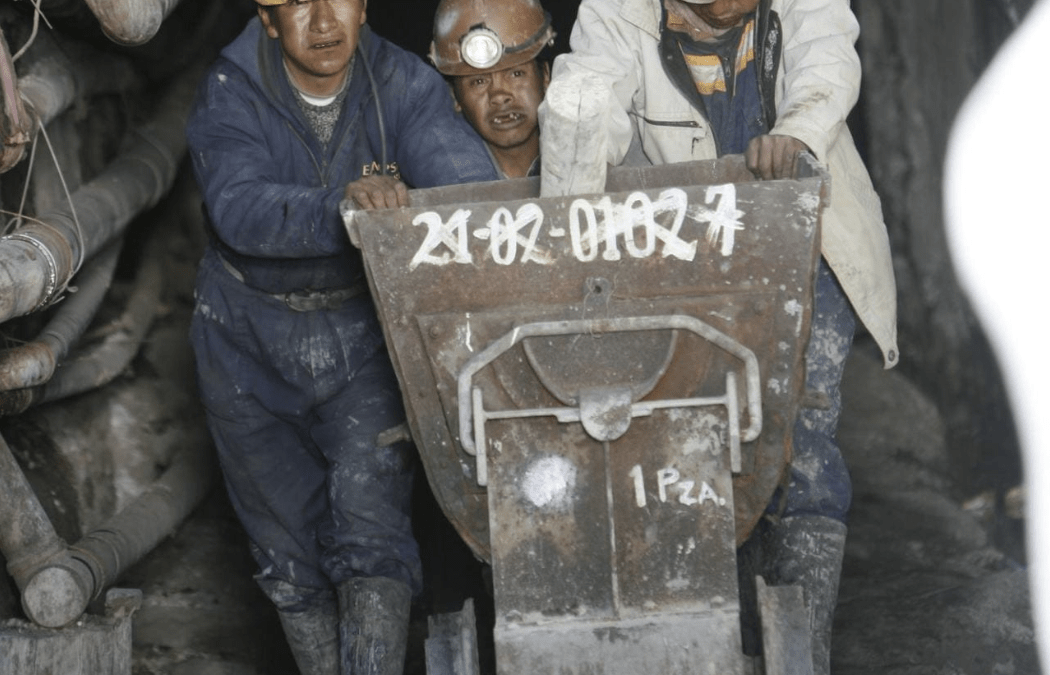
The Economy of the Extractive Industries
English + EspañolIt’s worth a Potosí—an idiom that uses the name of Bolivia’s famous colonial silver mining town as a way of saying “it’s worth a fortune”—is closely identified with the country’s past and its economic history. We Bolivians have always depended on some natural resource or other. The first was silver from the highlands of Potosí, then tin and now natural gas. …
Focus on Education
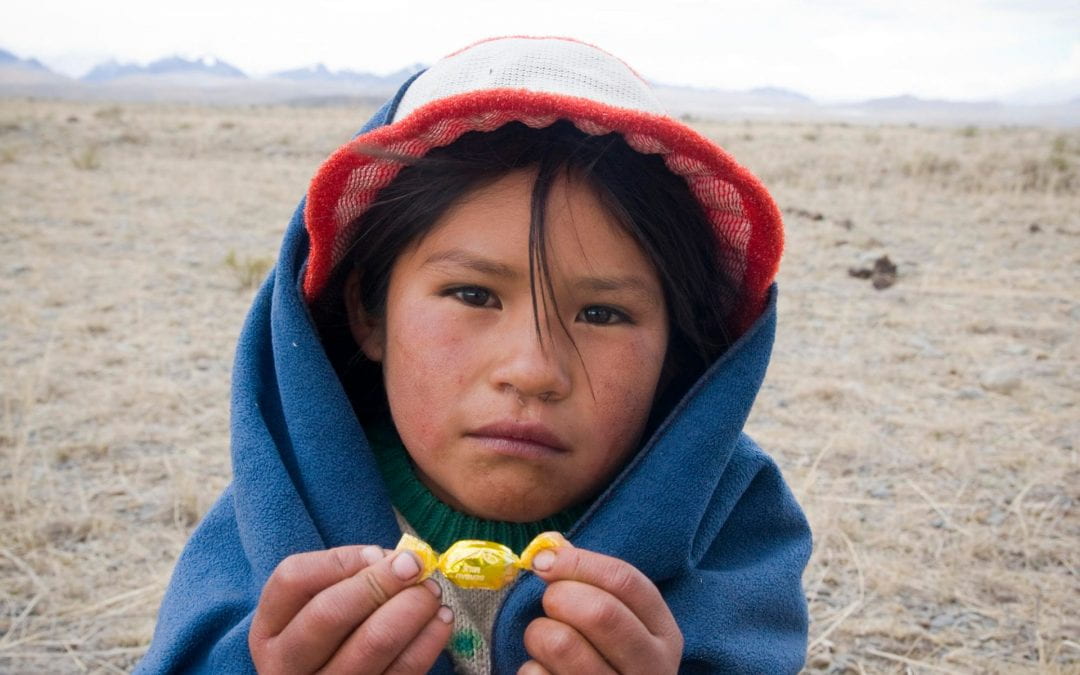
We Want Public Education!
In July 2010, we asked the President of the Federation of Neighborhood Organizations (FEJUVE) in El Alto, Bolivia, how his organization planned to address seasonal water scarcity there. Our concern was aroused when, in 2007, local and international papers began to warn about the possible effects of rapidly retreating glaciers, changing weather patterns, and continued rural-to-urban migration on the reservoirs supplying …
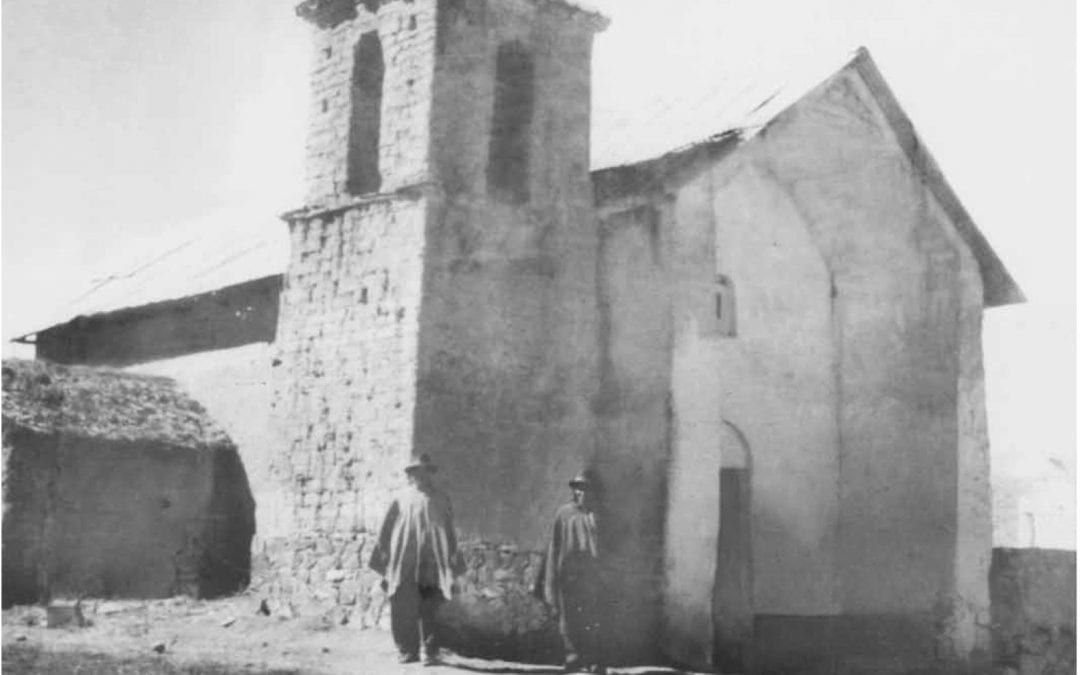
Warisata
This year, on August 2, Bolivia will commemorate the 80th anniversary of the founding of the escuela-ayllu of Warisata, an extraordinary intercultural experiment in indigenous schooling that flourished between 1931 and 1940 on the high plateau (altiplano) in the shadows of the volcanic peak of Illampu. On that day, the usual civic rituals and official remembrances—school pageants, TV documentaries, and editorial page …
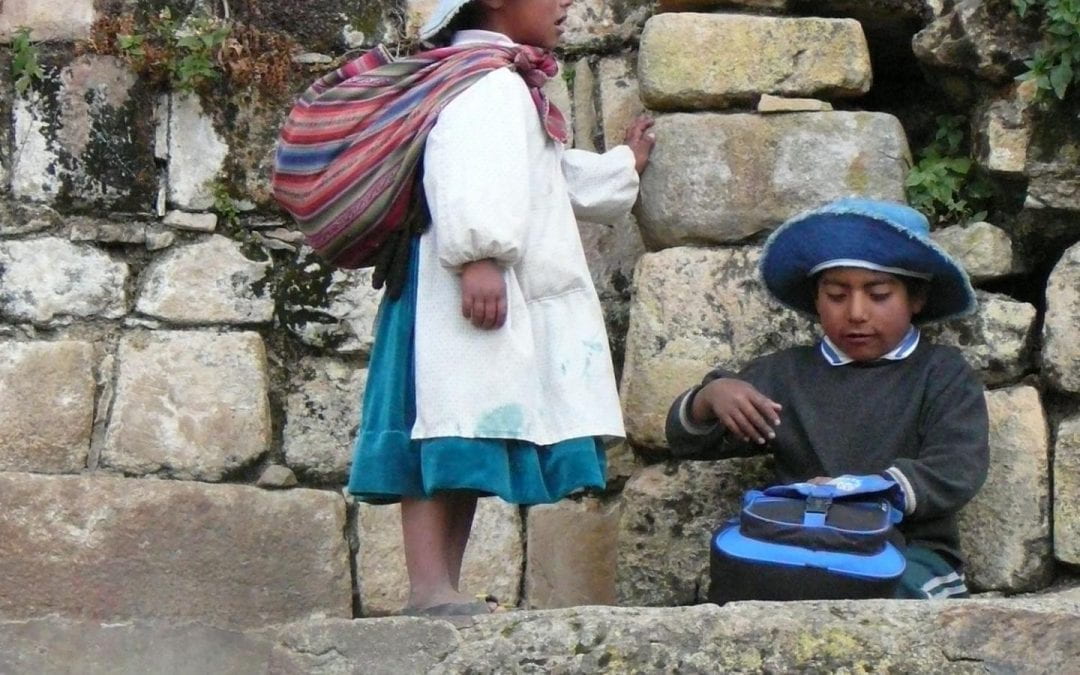
The New Bolivian Education Law
They marched determinedly down Bolivia’s Santa Cruz-Trinidad highway under the hot sun. It was July of 2010, and Bolivia’s most prominent lowland indigenous organization, CIDOB (Confederation of Indigenous Peoples of the Bolivian Oriente) was marching to demand modifications to the new Law of Autonomies (or Self-Determination) and Decentralization, created by Evo Morales’s largely Andean party …

Bolivia’s Indigenous Universities
Along with demands for territory and self-determination to redress their historic marginality, the indigenous peoples’ push for higher education has found traction with the election of Evo Morales. In 2008 the government launched the Indigenous University of Bolivia (UNIBOL) with sites in three ethnolinguistic regions. The Aymara UNIBOL is in Warisata, near La Paz, where the country’s first indigenous school was founded in 1931….
Political Processes
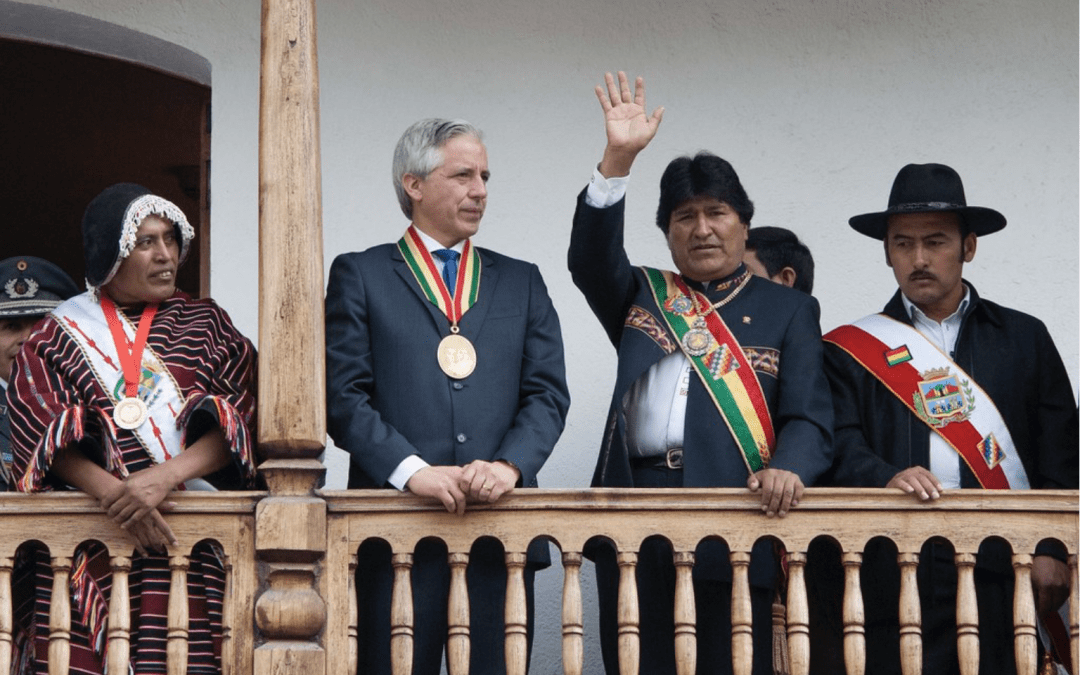
Justice to President
A couple of years ago, after visiting Egypt and Tunisia in a mission to promote a greater freedom of speech and better democracy, and then attending the presidential succession in Honduras, I realized that in Bolivia, some years earlier, in 2005, an acute political crisis had been successfully overcome in peace, without violence, and under the Constitution. Not too long ago, change of this kind was typically undertaken by the military …
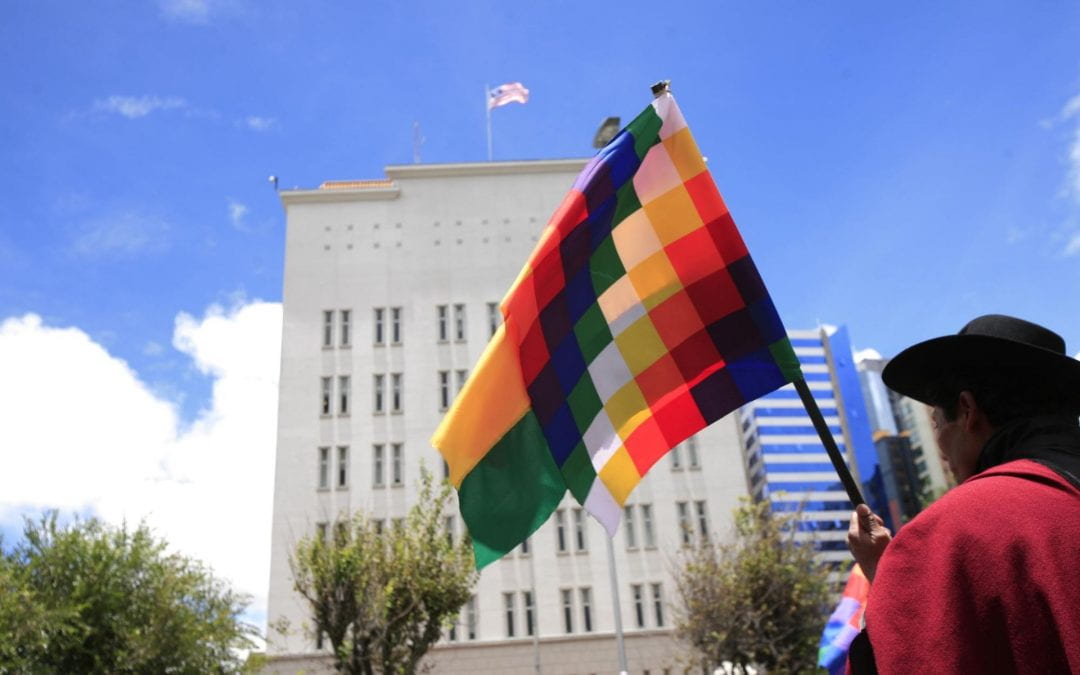
Evo Morales Through the Prism of Wikileaks
A century ago, the U.S. ambassador to Bolivia suggested that coca-leaf consumption, a millenarian tradition among indigenous peoples, was the source of Bolivia’s problems. He proposed instead “plain American chewing gum for everyone.” The gum would be donated by U.S. companies and distributed by the embassy. …
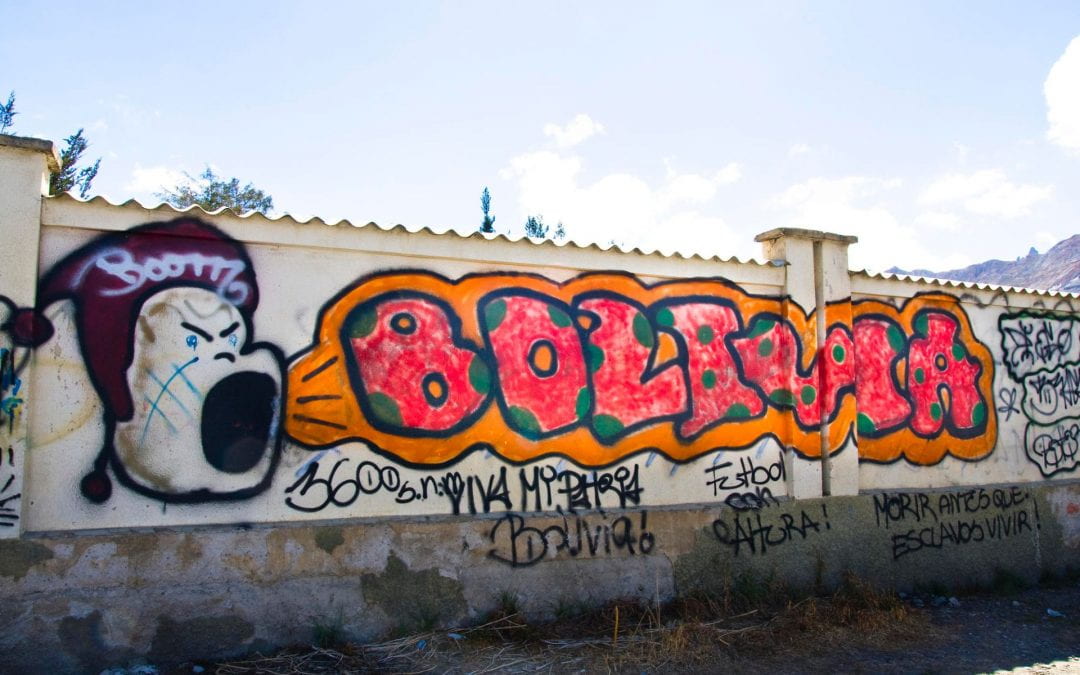
Beyond Caudillos
Driving through La Paz, Bolivia’s capital city, one sees signs of the remarkable political transformation since the 2005 election of Evo Morales, Bolivia’s first indigenous president. Eighteen months after the December 2009 reelection—which Morales won by a broad margin (64.2%)—and more than a year after the April 2010 municipal and regional elections, campaign murals still line the thoroughfares …
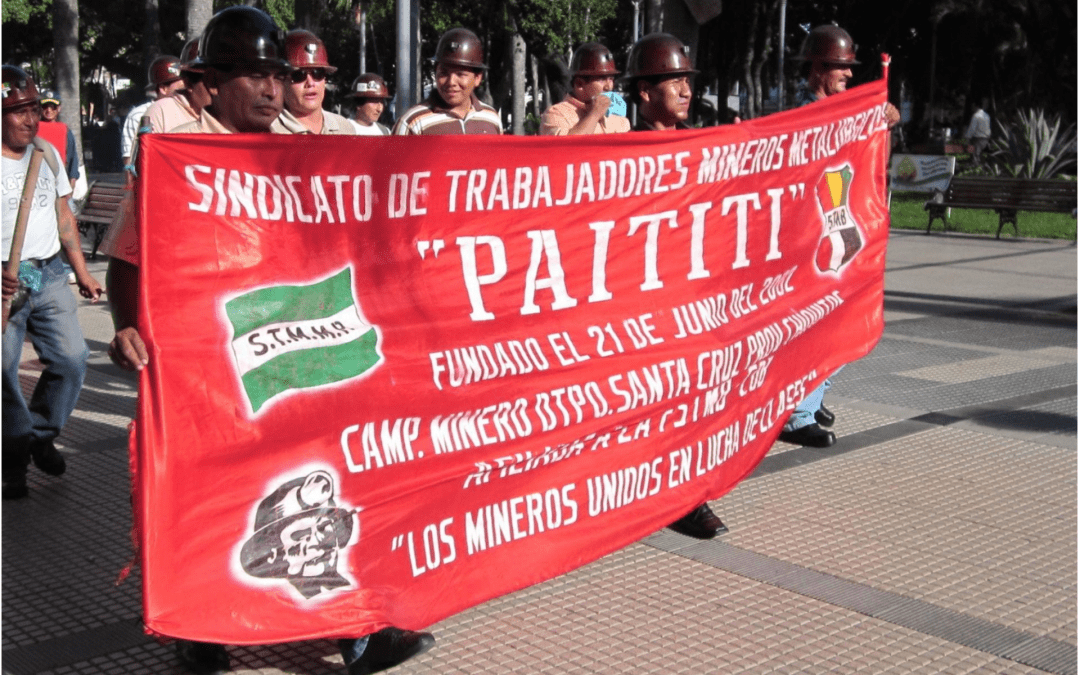
Political Effects of an Economic Measure
English + EspañolOn the usually sleepy day after Christmas, on December 26, 2010, Bolivia was awakened with a jolt: the Bolivian government had just decreed a huge increase in the price of combustible fuels. The country exploded in a series of popular protests. A week later, the government revoked the measure. Nevertheless, the price of food and transportation continue to spiral upwards. …
Art and Culture
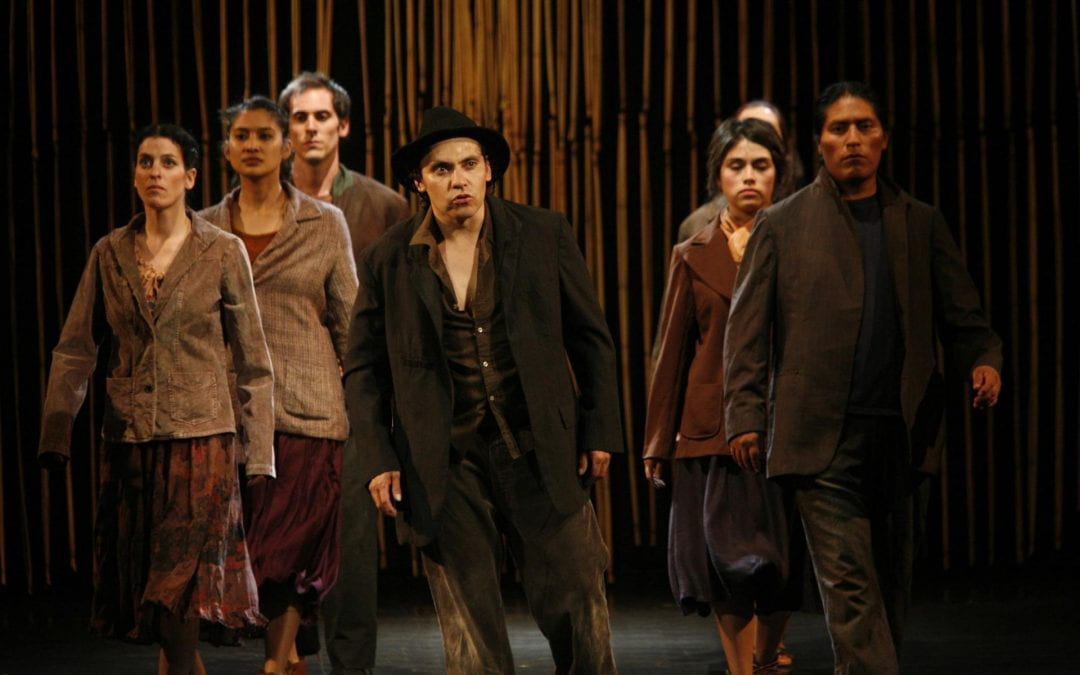
International Theater Festival
The challenge began at a café in Madrid on a cold morning, when two Spanish colleagues dared me to organize an international theater festival in Bolivia. We were talking about Latin American theater and how little promotion theater was receiving in some Latin American countries. My colleague and friend Luis Molina, director of the CELCIT (Latin American Center of Theater Creation and Research), observed, “You are the …
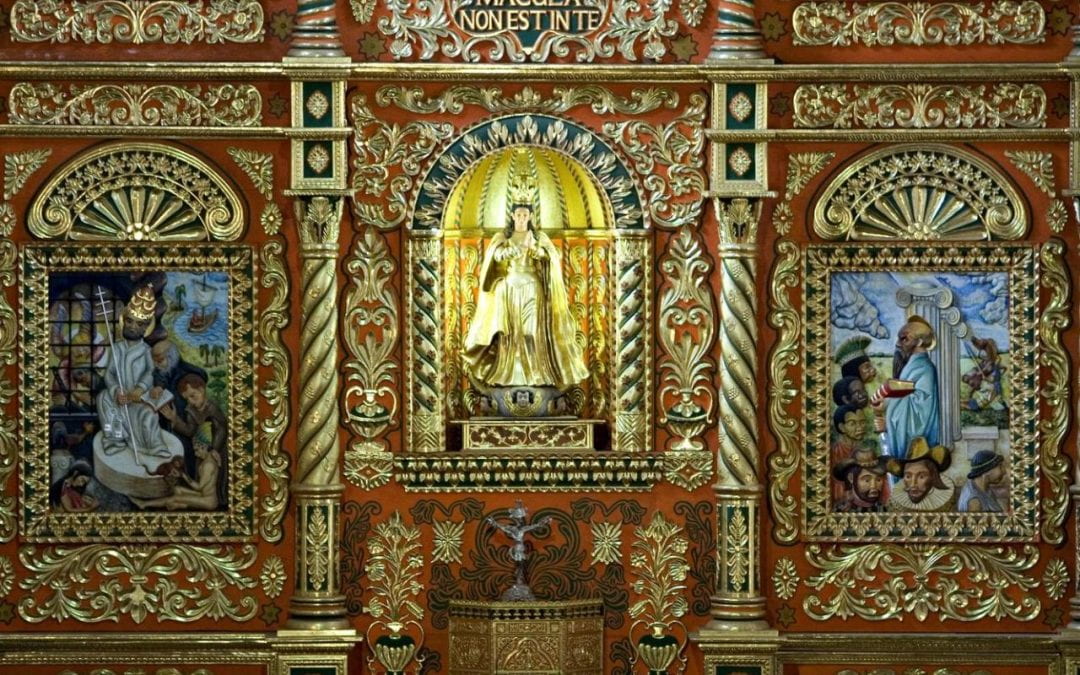
The Flowering of Culture in Santa Cruz (English version): Diverse And Mestizo
Strains of baroque music waft from San Javier, one of the many colonial-era Jesuit Missions in the Santa Cruz de la Sierra region. Musicians are practicing for the International Festival of Early Music, which attracts music lovers and tourists from around the world. What might surprise you is that much of this music was composed by Bolivians themselves. When the Catholic Church began restoring Jesuit churches …
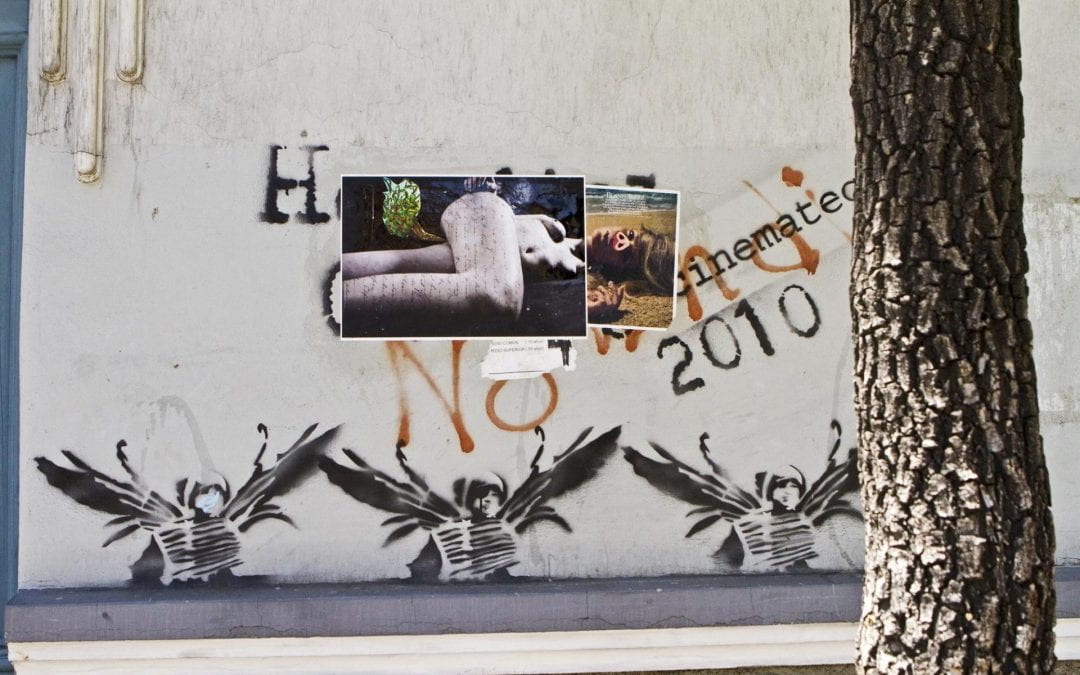
Crash Course on Bolivian Cinema
The most frequently asked question about Bolivian cinema outside the country is probably this: “Bolivian cinema? Huhh?” And, usually, the quick and somewhat angry response to this perplexity is simple: yes, there is such a thing as a ‘Bolivian cinema.’ No, we have never had—and certainly not now—a ‘film industry’ (this is the case with most Latin American countries save the big ones: Mexico, Brazil, maybe Argentina). …
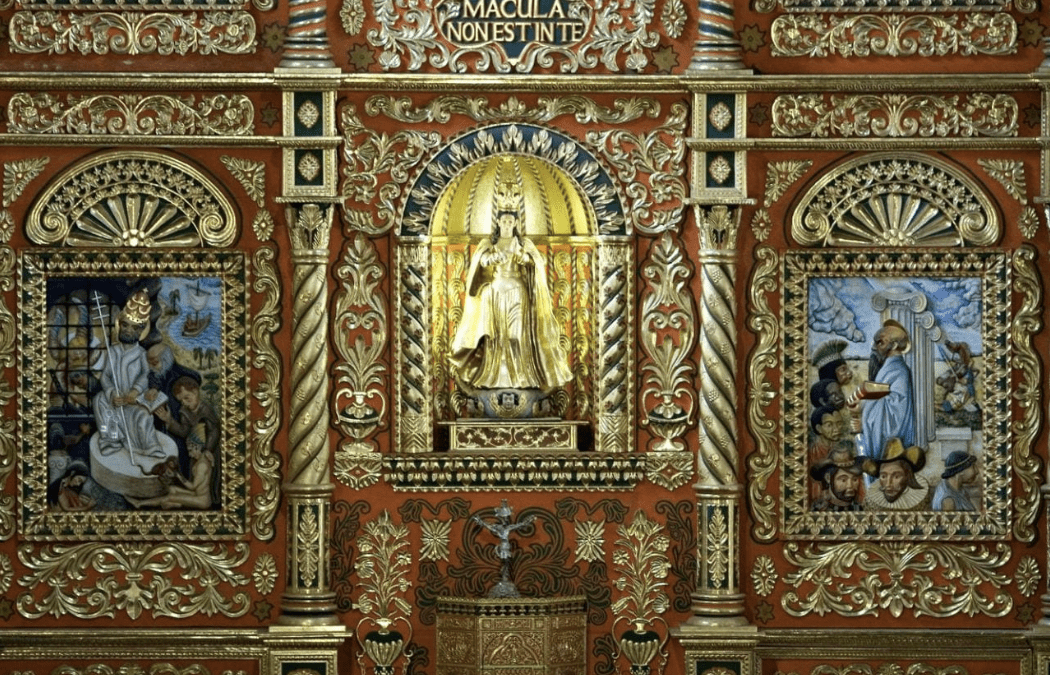
The Flowering of Culture in Santa Cruz
English + EspañolStrains of baroque music waft from San Javier, one of the many colonial-era Jesuit Missions in the Santa Cruz de la Sierra region. Musicians are practicing for the International Festival of Early Music, which attracts music lovers and tourists from around the world. What might surprise you is that much of this music was composed by Bolivians themselves. When the Catholic Church began restoring Jesuit …

Art and Politics
English + EspañolThroughout Latin America, theatre, art and music are springing up as forms of cultural activism linked closely with new social movements. Bolivia is no exception. Nevertheless, the strong presence of large social organizations, many of them ethnic in nature, makes the social and political role of cultural collectives and organizations somewhat invisible. Yet, these groups play an important role …
Making a Difference

Making a Difference: Historic Archives of Santa Cruz de la Sierra
English + EspañolResearchers interested in investigating the history and anthropology of Bolivia’s eastern region will find two documentation centers in Santa Cruz de la Sierra: the Museo de Historia y Archivo Histórico of Universidad Autónoma Gabriel René Moreno (the History Museum and Archives of the Gabriel René Moreno University and the Archivo Histórico del Arzobispado (Historic Archives of the Archbishopric). …
Book Talk

A Review of Alberto Edwards: Profeta de la dictadura en Chile by Rafael Sagredo Baeza
Chile is often cited as a country of strong democratic traditions and institutions. They can be broken, however, as shown by the notorious civil-military dictatorship of Augusto Pinochet (1973-1990). And yet, even a cursory view of the nation’s history shows persistent authoritarian tendencies.

A Review of Born in Blood and Fire
The fourth edition of Born in Blood and Fire is a concise yet comprehensive account of the intriguing history of Latin America and will be followed this year by a fifth edition.
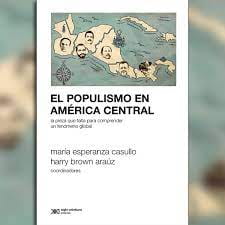
A Review of El populismo en América Latina. La pieza que falta para comprender un fenómeno global
In 1946, during a campaign event in Argentina, then-candidate for president Juan Domingo Perón formulated a slogan, “Braden or Perón,” with which he could effectively discredit his opponents and position himself as a defender of national dignity against a foreign power.

A Review of Aaron Copland in Latin America: Music and Cultural Politics
In Aaron Copland in Latin America: Music and Cultural Politics, Carol Hess provides a nuanced exploration of the Brooklyn-born composer and conductor Aaron Copland (1900–1990), who served as a cultural diplomat in Latin America during multiple tours.
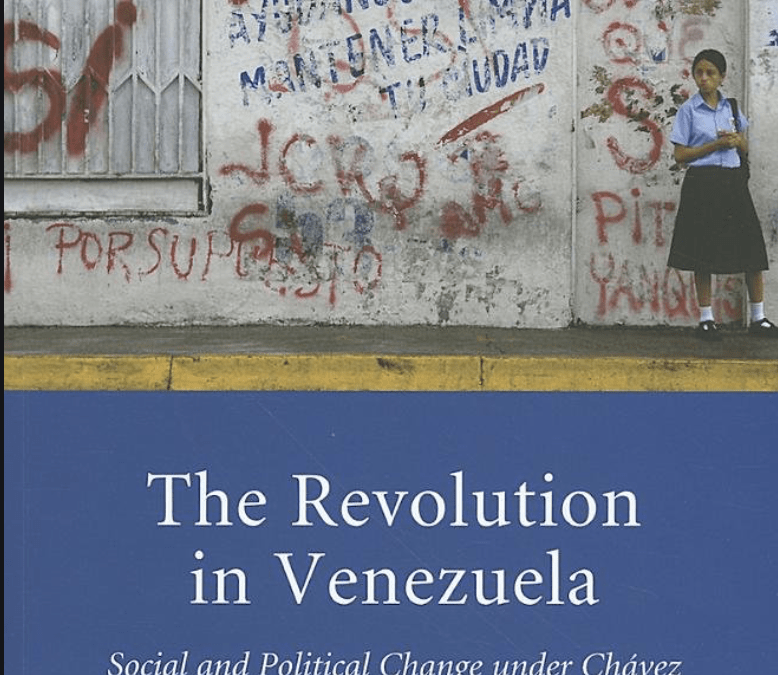
The Revolution in Venezuela: Social and Political Change under Chávez
Much of what is written about Venezuela since the election of Hugo Chávez in 1998 tends to be highly polarized, often based on “Manichaean” perceptions of developments in that country, according to one of the editors of this volume. At the extremes, Chávez is viewed as a social revolutionary dedicated to the service of the downtrodden in Latin America or as dictator who threatens regional democracy and security. …
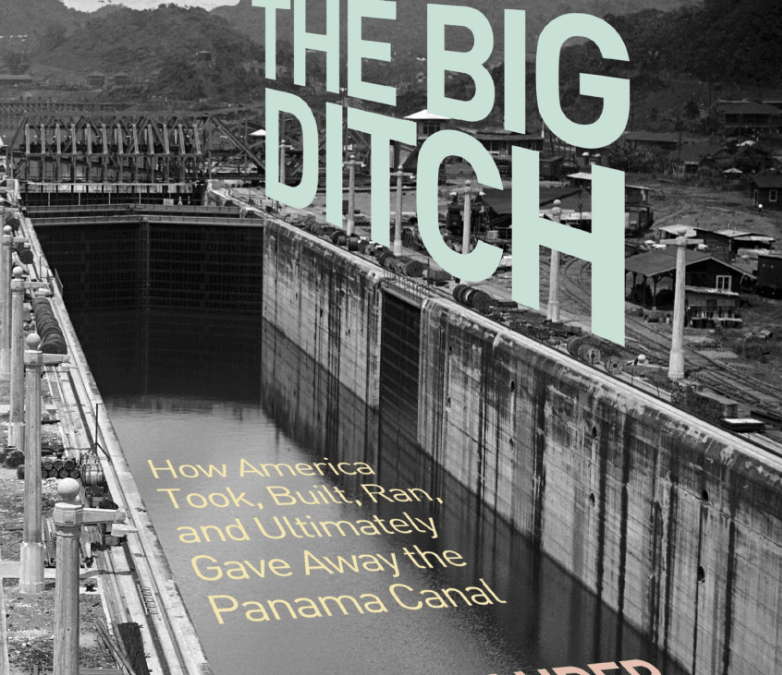
The Big Ditch: How America Took, Built, Ran and Ultimately Gave Away the Panama Canal
It was a question lingering for a century among most Panamanians and many Americans: was the Panama Canal good business for the Americans? There was a military-strategic gain but economically, did the money invested yield a good return as a commercial enterprise and if so, how profitable was it? Harvard Business School professor Noel Maurer and historian Carlos Yu reflect on the economics …
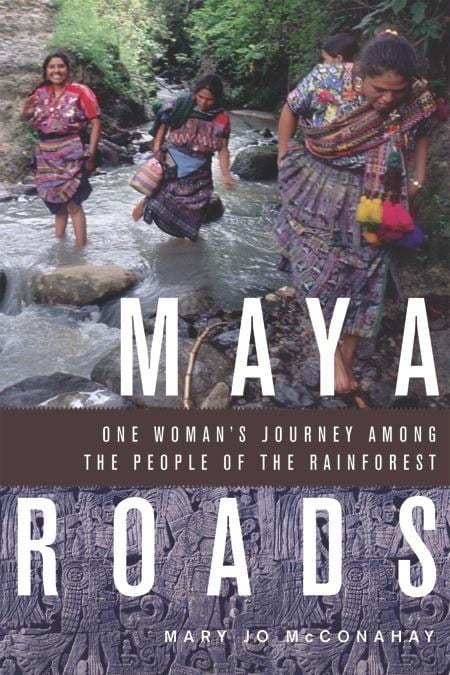
Maya Roads, One Woman’s Journey Among the People of the Rainforest
The tropical forest within the southern Mexican state of Chiapas and the Guatemalan northern state of Petén, what Mary Jo McConahay calls the “jungle cradle” of ancient civilization in her remarkable page-turning book, Maya Roads, One Woman’s Journey Among the People of the Rainforest, is today threatened with destruction by what can be called the modern barbarism of drug trafficking and deforestation. …
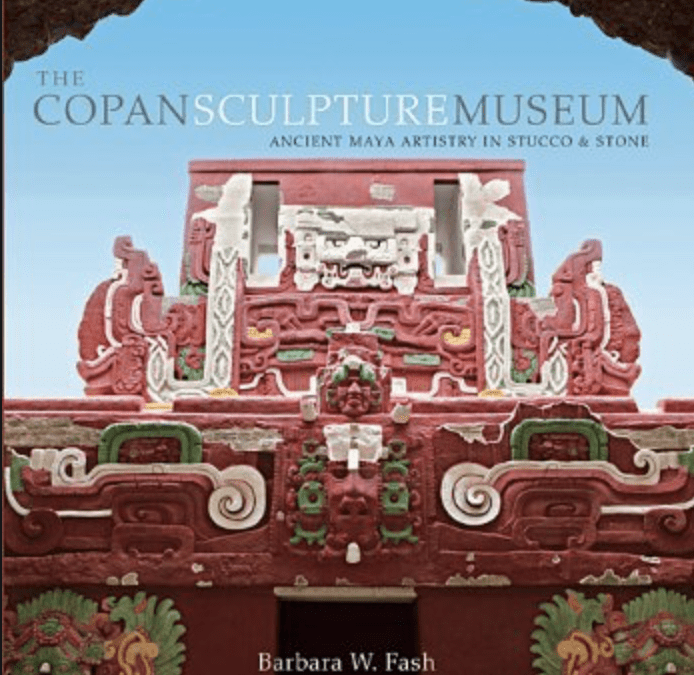
The Copan Sculpture Museum: Ancient Maya Artistry in Stucco and Stone
Barbara Fash’s recent publication, The Copan Sculpture Museum, provides a personal account of ongoing efforts to document, examine, consolidate, study, and exhibit the large corpus of sculptures from the ruins of Copan. This ancient city, set in the lavish subtropical region of western Honduras, was constructed by a society of Maya peoples who were adept builders and who thrived there from AD 426 until their demise …
